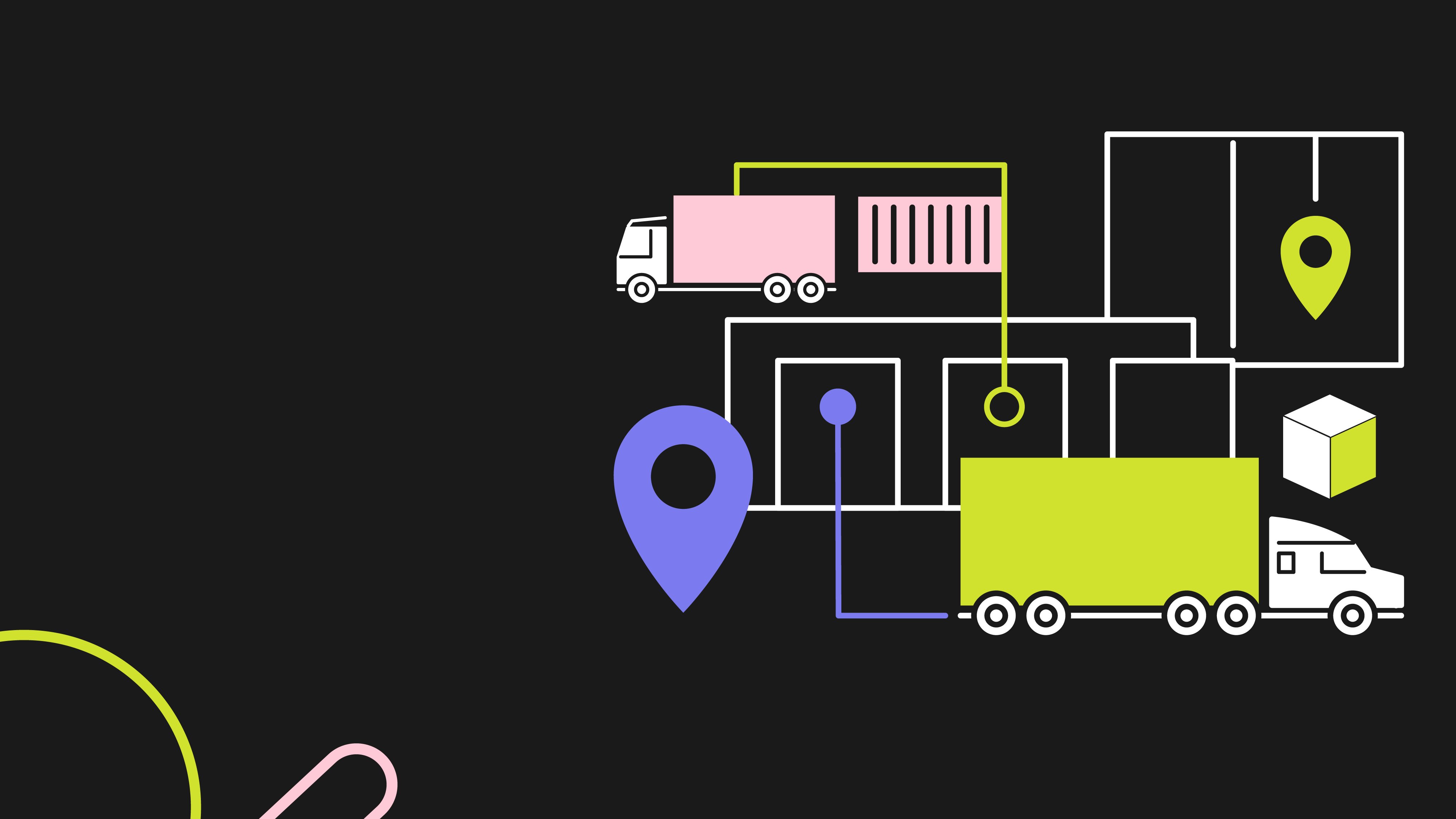SAP data needs complementary technologies to become a true data foundation.
Unlocking the Full Potential of SAP Data: A path to superior Decision-Making and Competitive Advantage
SAP is a critical part of the analytical infrastructure, encompassing BI, analytics, and more recently, AI. Business decisions should incorporate more than just SAP data; they require a broad range of information spread across diverse data landscapes, including on-premises applications and various cloud environments.
To make matters worse, beyond data access challenges, decision-making itself is becoming increasingly complex due to several key factors:
Key Challenges:
- Timeliness: Data extraction, transformation, quality, and preparation processes are time-consuming, delaying analysis and decision-making.
- Analytical Scope: Performing advanced analytics with SAP data demands significant expertise. Sophisticated analytics, AI models, and self-service analytics are creating bottlenecks and driving up costs.
- Flexibility: Quickly adapting to changes while maintaining a robust data foundation is challenging.
SAP data integration and why third parties bring real value
While SAP offers robust integration capabilities for data and analytics, there is considerable potential for enhancement, particularly for advanced analytics scenarios. Leveraging third-party technologies can effectively bridge these gaps. Here’s why integrating third-party solutions can add immense value:
Common Challenges:
- Integration Issues: Lack of seamless integration between SAP systems and modules causes mapping and quality problems.
- Use Case Variability: Different SAP tools are needed for specific scenarios, such as real-time data integration or HANA migration, complicating the landscape.
- Interface Proliferation: Dedicated pipelines for each use case lead to many redundant APIs, reducing reusability and efficiency.
- Export Limitations: Limited options to export SAP data for use in non-SAP environments hinder advanced decision-making.
By addressing these challenges, third-party integration tools can streamline processes, reduce costs, and enhance the overall effectiveness of your data strategy.
What does advanced analytics mean?
Advanced analytics, in contrast to the standard analytics offered by SAP, includes the ability to provide:
- Capabilities for handling different types of analytical use cases, including AI and data science use cases.
- Easy access to trusted SAP data in an understandable and reusable format to support self-service data access.
- Easy-to-use tools to enable data citizen analytics
- Different data delivery styles to cover different use cases
Leveraging SAP Data for Maximum Impact: Beyond Traditional Analytics
To fully harness the power of SAP data for data and analytics, it’s crucial to go beyond its native capabilities. Here’s how:
- Enable Rapid Decision-Making with SAP Data
Overcome Bottlenecks and Complexity: Master SAP interfaces and implement advanced pipeline development and integration capabilities. This includes support for advanced transformations, broad connectivity, and multiple integration styles. Utilise best practices and automation to accelerate time to market and free up SAP expert resources, ensuring timely decision-making. - Go Beyond Basic BI with Efficient SAP Data Integration
Expand Analytical Capabilities: Don’t limit your analytical use cases to the constraints of your SAP system. Enhance development and deployment efficiency in SAP data integration to free up resources and reduce costs. Metadata-based integration platforms allow you to integrate SAP and non-SAP data sources in a managed environment, handling development, deployment, and operations efficiently. This streamlines processes, ensuring robust and scalable SAP integration. - Maintain Competitiveness with a Flexible Data Foundation
Utilise Metadata for Flexibility and Resilience: Metadata, which describes data and relationships, abstracts logic from data, offering several benefits:- Development Flexibility: Adapt existing pipelines by changing configurations rather than code, enabling nuanced and parallel uses.
- Resilience to Change: Reduce the risk of pipeline failures and the effort needed to adapt to changes in the SAP data landscape. Vendors with robust SAP interfaces ensure consistent output despite system changes, leveraging metadata and automated pipeline features like schema discovery and automated mappings to enhance development efficiency.
By abstracting from the SAP system through connectors or tools, you can ensure the robustness and trustworthiness of SAP data, laying a solid foundation for advanced data and analytics initiatives.
My Opinion
To stay competitive and innovative today, companies must leverage data and analytics for better decision-making by using all their data as easily and flexibly as possible. While SAP is a core system and highly relevant in many cases, effective data management is needed to combine SAP data with non-SAP sources to maximise value while minimising risk and effort.
SAP integration tools are highly specialised but may not be the best choice for every use case. Therefore, it's reasonable to question SAP's capabilities, which are limited in advanced data and analytics scenarios, and consider third-party products, particularly in non-SAP/SAP scenarios.
In this context, look for tools that offer deep SAP connectivity, efficient CI/CD support based on proper metadata management, and comprehensive transformation and automation capabilities. When defining your requirements, consider your use cases and users. Understand how they intend to use the tool, especially regarding their flexibility needs. For data management, it is beneficial to seek integrated platforms that provide a wide range of integration capabilities or data integration products that can easily integrate and work with surrounding systems.
Sign-up to our upcoming webinar via the link below to hear Timm Grosser, Senior Analyst at BARC and Seatal Patel, Executive Director at Data Technology discuss 'Forget AI and ML - Without solid data foundations, you'll fall behind'.
Share this
You May Also Like
These Related Stories

Perspectives of a Supply Chain Data Leader

Synchronising Your Business and Data Strategies: The Secret to Achieving Your Goals
